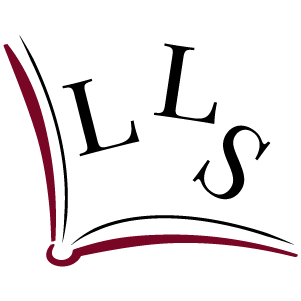
Fernando Pessoa (1888-1935) was, quipped one critic, Portugal’s three greatest modern poets. It is certainly true that to read Pessoa is not just to read one poet but to enter into a whole literature.
Pessoa’s attempt to forge a new literary modernism for Portugal took shape through his creation of different literary personas. He called these personas ‘heteronyms’, to distinguish them from pseudonyms, as essentially distinct personalities, all with biographies, literary styles and philosophical and political ideas as different from each other as from Pessoa himself.
Pessoa authored works under at least 72 different names throughout his life, and this compulsion seems to have been both an aesthetic and a psychological necessity. But at the centre of his most important and accomplished literary achievements is the poetry authored by the three main heteronyms: Alberto Caiero, Alvaro de Campos and Ricardo Reis; by Pessoa himself as one of that company of heteronyms; and his great prose masterpiece The Book of Disquiet, authored by the semi-heteronym Bernardo Soares.
As readers of the poetry of Fernando Pessoa we encounter the works of four unmistakably distinct poets: Alberto Caeiro, Zen-like nature poet; Alvaro de Campos, avant-garde author of futurist odes; Ricardo Reis, melancholic classicist and philosophical stoic; and Pessoa himself, whose poetry restlessly explores questions of identity and self.
In The Book of Disquiet readers encounter something utterly unique in world literature. Described by Pessoa as ‘a fact-less autobiography’, this text is fragmentary, circular, without beginning end or middle, without narrative, plot or conclusion. Almost impossible to categorise, this work may be regarded as (among other things) one of the greatest literary/philosophical studies in mood, in melancholy, in existential ennui, and their relation to meaning and existence.
What we find in Pessoa’s oeuvre is the radical co-existence of seemingly disparate and contradictory ideas; we find bold experiments of avant-garde-ism and quiet accomplishments of form and tone; we find the perennial themes of art, philosophy, identity, the nature of the self, the sense we have of our place in the cosmos. For me, Pessoa’s work captures a psychological truth of the modern age – one which by its nature resists reductionism, but in which we might recognise ourselves and our contemporary struggles for meaning. We find that in these preoccupations, Pessoa is our contemporary.
If you have not yet read Pessoa I can promise you an extraordinary literary experience. If you are intrigued, we are offering an introduction to his work starting in March.












